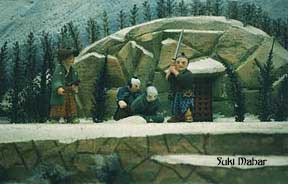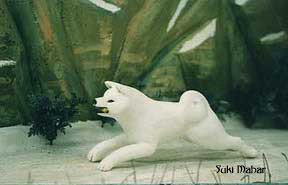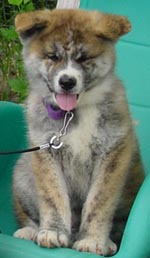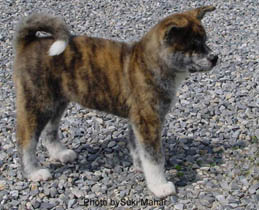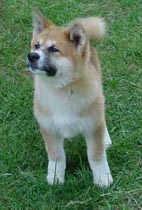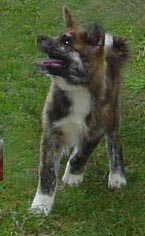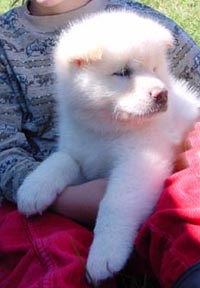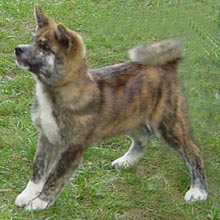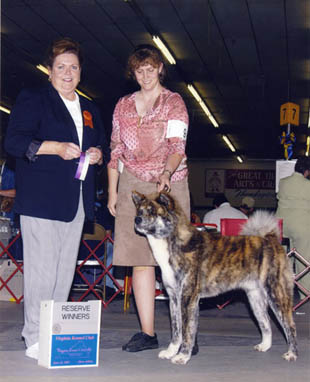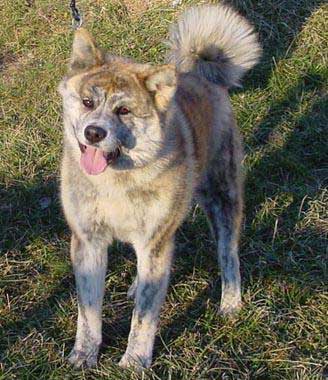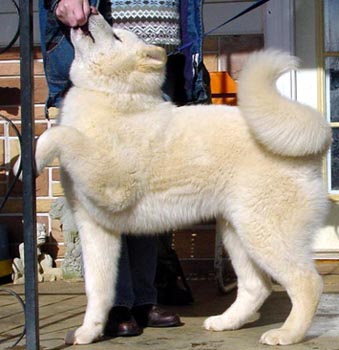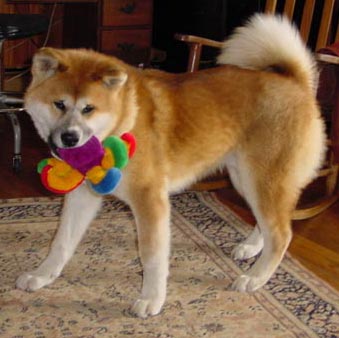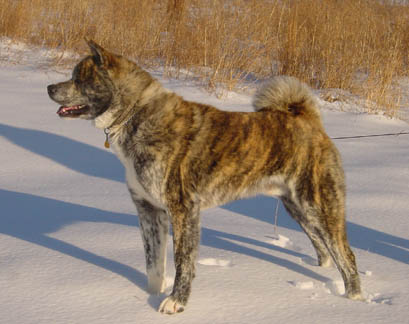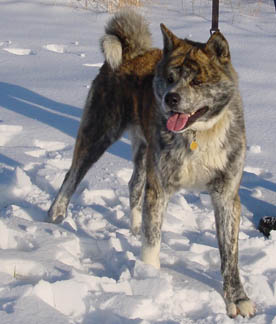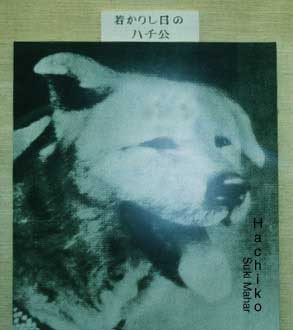 |
|
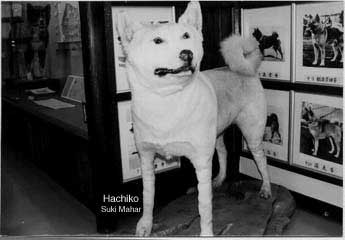 |
|
THE LEGEND: HACHIKO
|
|
Hachiko is
preserved and displayed at the Akita Museum
|
Hachiko was born in Akita Prefecture
in November of 1923. He was lovingly owned by Dr. Ueno, a professor at the
Tokyo University. Hachiko moved to Shibuya-Ku from Odate with his master where
Hachiko would walk daily with Dr. Ueno to and from the Shibuya Train Station.
Hachiko knew his master would return daily at 3 p.m. and awaited daily at
the Station for his return. On May 21, 1925, Dr. Ueno did not return as he
suffered a stroke and died at the university. For the next ten years Hachiko
would return each morning and afternoon in search of his master. People from
all over Japan heard of his continued commitment and faithfulness to Dr. Ueno
and came to Shibuya Station to feed and pet Hachiko. It was a privilege to
say that one had seen and touched him. Hachiko passed on March 7, 1935 and
his body was found at the same spot where he had kept vigil for so many years
Statues were erected in his honor both in Shibuya and Odate. However due to
the severe need for metal during World War Two, the statues were melted down
and used for ammunition. The statues have since been rebuilt at both locations.
HELEN KELLER BROUGHT THE FIRST
AKITA TO AMERICA
Originally, Akita were not allowed
to be exported out of Japan. When Helen Keller, the famous American who overcame
the dissabilities of being deaf and blind and mute, visited Japan in 1937,
her guide dog died. Ms. Keller expressed her desire for an Akita. Ms. Keller
had been impressed with the Akita's unique ability to bond with and understand
his master.. The very first Akita, Kamikaze, was exported to her in the USA
as a gift from Ichiro Ogasawara. Unfortunately, Kamikaze died from distemper.
Shortly after his unexpected death, Ms. Keller received another Akita, Kenzan,
a brother to Kamikaze, in 1939.
Kenzan was a gift from the Japanese State department and they requested that
the police of Akita, Japan train Kenzan for her.
Upon receiving Kenzan, Helen Keller
remarked:
"I express my sincere gratitude to the Japanese people for this splendid
dog. To me he will be the symbol of the general
good will that the Japanese
people extended to me during my tour of Japan two years ago".
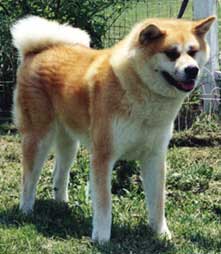 |
 |
|
HIMIKO-GO
16 MONTHS, MAY 2000
|
YOUKIHI-GO 16 MONTHS, MAY
2000
|
 |
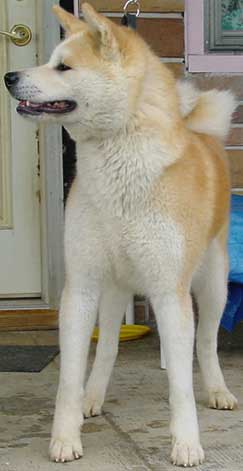 |
|
Himiko-Go
at 29 months; June 2001
|
Youkihi-Go
at 29 months; June 2001
|

Youkihi attended the 2001 Nationals
Youkihi was the only import and
a very good ambassador!
Youkihi and Himiko produced their first litter in 2002. It was a four year
exhausting search for a proper sire to improve the qualities desired by Japanese
breeders. The most important criteria was finding a male of sound temperament
without losing type and soundness. Kobun Toshin-G0 No Katana beholds the most
mellow temperament I have ever known in an Akita.

Kobun Toshin-Go No Katana
Aoyama Foundation
Stock
(click each dog
to view more photos)
|
|
RAIKO-GO |
TORA
YURI |
|
|
HAKUBA-GO |
TOCHI
ARASHI-GO |
Bishamon-Go
is currently in training
for show, obedience and agility with his new co-owners, Dan, Nancy and Christian
Henderson in the Chicago area.
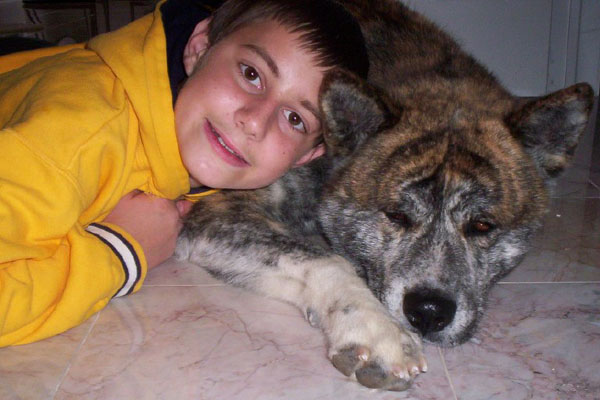
Christian and
Bishamon-Go
Look for Bishamon at
his debut at the Chicago International Shows in February 2005.
There are currently two Moku available to approved homes.
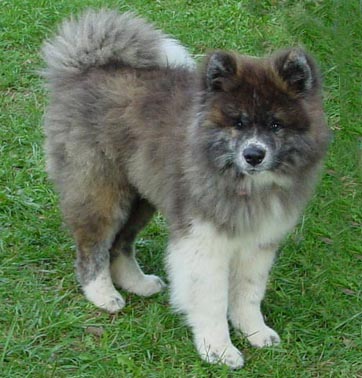 |
THE MOKU AKITA are the result of a recessive
gene common in Akitas. A Moku only crops up if both sire and dam has
this gene. It is believed this gene comes from the now extinct Karafuto
dog of Russia. The Moku have longer and softer fur and tend to have
a sweeter temperament. Their coat can be cut to mimic a regular coat
or they can be left "hairy".
The long coat trait is a fault in showing although it is speculated
there are trimmed long coats in the show ring as well as incorporated
in some breeding programs.
|
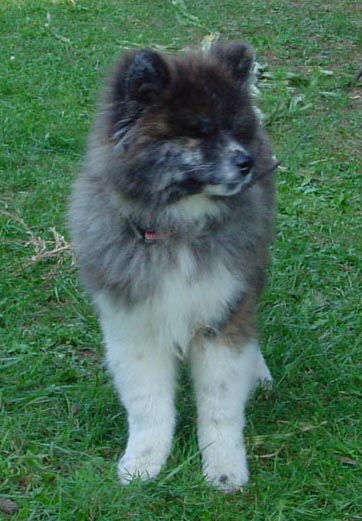 |
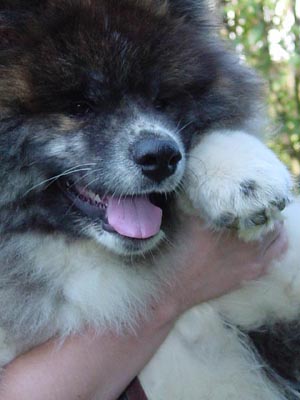 |

<< Page 1
<<Page
2
|
Llamas |
Shiba-Inu |
Back Home
